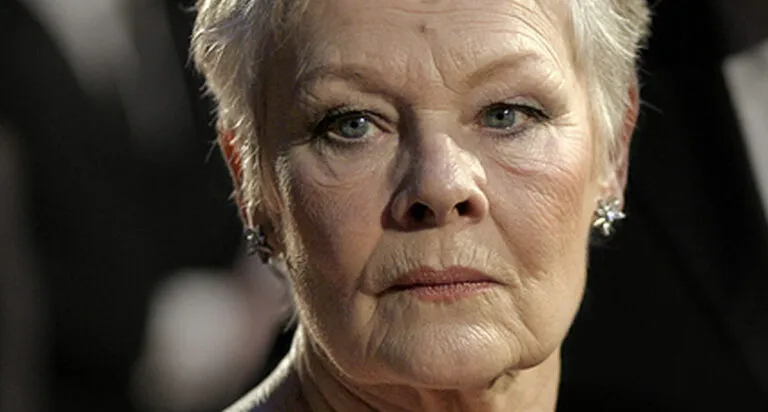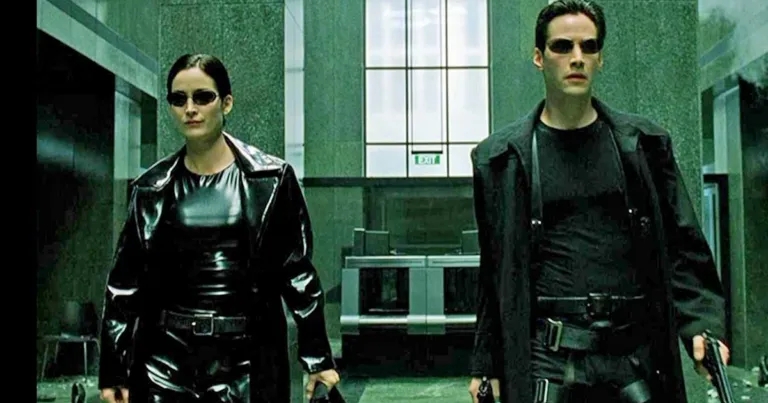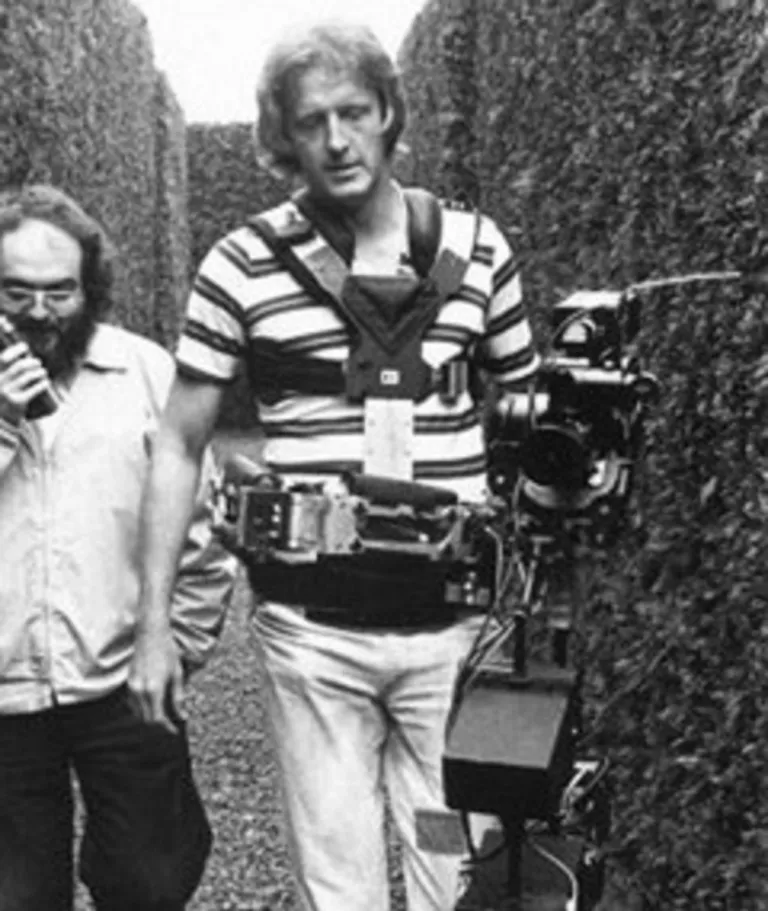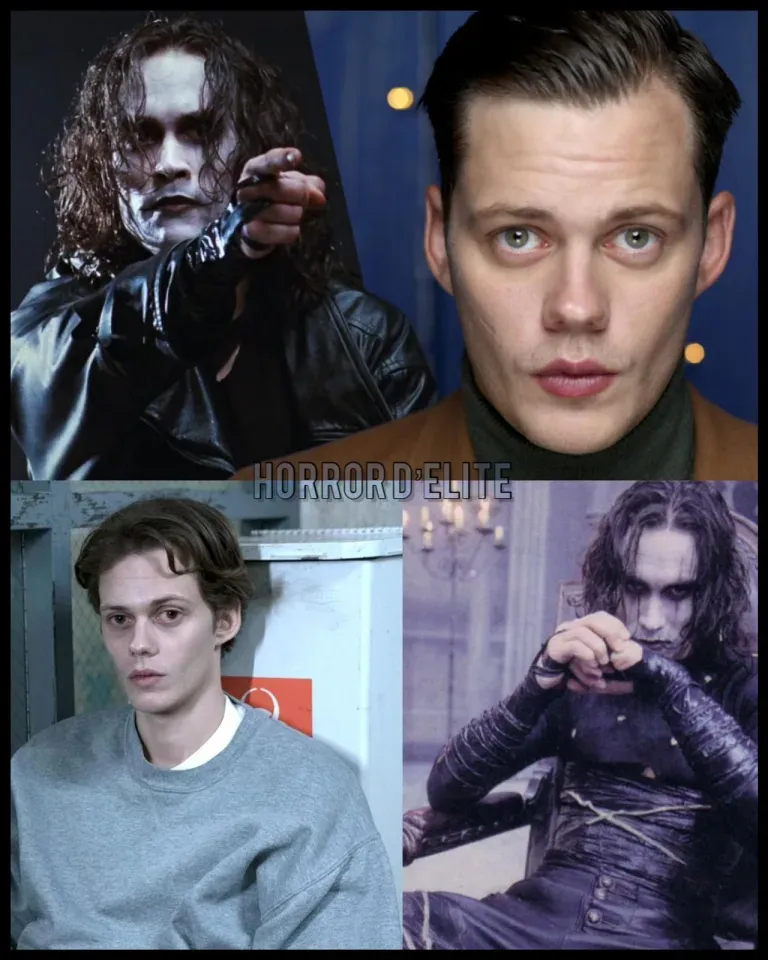Technique and Sensitivity – Dan Laustsen
Technique and Sensitivity – Dan Laustsen is an internationally renowned cinematographer, known for his ability to combine extraordinary technical mastery with a unique artistic sensitivity. Born on June 15, 1954, in Aalborg, Denmark, Laustsen has built a stellar career, working across a wide range of cinematic genres and collaborating with some of the most renowned directors on the global stage. With a keen eye for light, composition, and color, Laustsen has helped create some of the most iconic images in contemporary cinema. Technique and sensitivity Dan Laustsen…
The Beginnings and Cinematic Style
Dan Laustsen trained at the National Film School of Denmark, where he developed his passion for cinematography. After graduating in 1979, he began working in Danish cinema, collaborating with local directors and building a solid reputation thanks to his technical skill and creative vision. In the early years of his career, he worked on films ranging from drama to thriller, showing remarkable ability to adapt to different visual and narrative styles.
His style is characterized by bold use of light and shadows, precise composition, and a rich and vibrant color palette. Laustsen is known for his ability to create intense and immersive atmospheres that enhance the emotional impact of the stories he tells. Despite the variety of projects he has worked on, his approach to cinematography has always been centered on the use of light as a primary tool for expressing emotion and narrative tension.
 International Collaborations and Global Success
International Collaborations and Global Success
Laustsen began to gain international attention in the 1990s when he started working with world-famous directors. One of his first international successes was Nightwatch (1994), a Danish thriller directed by Ole Bornedal, in which Laustsen used dark, claustrophobic cinematography to amplify the film’s tension. The success of Nightwatch brought Laustsen to Hollywood, where he started working on larger and more ambitious productions.
One of Laustsen’s first Hollywood films was Mimic (1997), directed by Guillermo del Toro. This collaboration marked the beginning of a long-lasting and fruitful professional relationship between the two, which would lead Laustsen to work on some of del Toro’s most significant projects. In Mimic, Laustsen created a dark and menacing atmosphere, using lighting and composition to construct an eerie, tension-filled underground world.
 *Crimson Peak* and the Gothic Horror Revival
*Crimson Peak* and the Gothic Horror Revival
One of the most significant collaborations between Dan Laustsen and Guillermo del Toro was the film Crimson Peak (2015), a homage to the gothic horror films of the past. In this film, Laustsen demonstrated his mastery in creating a rich and detailed visual atmosphere that perfectly captures the essence of the gothic genre. Using a color palette rich in deep reds, dark shadows, and soft lights, Laustsen helped build a visual world that perfectly reflects the themes of passion, death, and mystery.
The cinematography in Crimson Peak was widely praised for its ability to evoke a haunting beauty and create visual tension that permeates every scene. The use of light and color was particularly effective in highlighting the emotional contrasts of the story, making Crimson Peak not only a visually impressive horror film but also a cinematic work of art in its own right.
*The Shape of Water* and the Oscar
The pinnacle of the collaboration between Dan Laustsen and Guillermo del Toro came with the film The Shape of Water (2017), a modern fairy tale that captivated both audiences and critics, winning four Academy Awards, including Best Picture. Laustsen was nominated for an Oscar for Best Cinematography for his extraordinary work in creating a magical and immersive visual world.
In The Shape of Water, Laustsen showcases his ability to use light and color to create a unique atmosphere. The film is set in an almost underwater world, with blue-green tones dominating the scene, helping to immerse the viewer in a dreamlike, surreal reality. The skillful use of shadows and reflections of light on the water was essential in creating the sense of intimacy and mystery that permeates the film.
The Oscar nomination solidified Laustsen as one of the most respected and admired cinematographers in the film industry. Although he did not win the award, his cinematography in The Shape of Water was widely recognized as one of the most important contributions to the film’s success.
 The *John Wick* Series and Stylized Action
The *John Wick* Series and Stylized Action
Another important collaboration in Dan Laustsen’s career has been with director Chad Stahelski for the John Wick film series. Laustsen began working on the series with the second chapter, John Wick: Chapter 2 (2017), and continued with John Wick: Chapter 3 – Parabellum (2019) and the recent John Wick: Chapter 4 (2023). His cinematography in these films has been crucial in defining the visual style of the series, which has become one of the franchise’s hallmarks.
In the John Wick films, Laustsen combined an elegant and stylized aesthetic with intense, visceral choreographed action. Using vibrant neon lighting and precise composition, he created a visual world that is both realistic and surreal. The use of color is particularly significant, with bright, contrasting tones that highlight the violence and choreographic beauty of the action sequences. This visual approach has helped make John Wick a reference point in the modern action genre, influencing many other films in the industry.
Style and Work Philosophy
Dan Laustsen is known for his ability to adapt to a wide range of cinematic genres, but his work is always characterized by a meticulous approach to light and composition. Laustsen is a master at creating atmospheres that reflect a film’s emotional tone, using both natural and artificial light to build visual worlds that are both realistic and stylized.
One of the distinctive elements of his style is his bold use of color. Laustsen is not afraid to use intense, saturated colors to create contrast and visual depth, often using color as a narrative element in its own right. Whether it’s the dark, gothic tones of Crimson Peak or the vibrant neon lights of John Wick, his work is always recognizable for its vividness and chromatic intensity.
Laustsen is also known for his close collaboration with directors, working in synergy to translate their vision into cinematic images. He is a professional who pays great attention to detail, always striving to elevate the narrative through cinematography. This collaborative approach has been key to the success of his most important projects, helping create films that are both visually spectacular and narratively engaging.
Impact and Legacy
Dan Laustsen is one of the most influential and respected cinematographers in contemporary cinema. His ability to combine solid technique with an innovative artistic approach has left an indelible mark on modern cinema. His work has been widely recognized with numerous awards and nominations, but perhaps his most significant contribution is the influence he has had on other cinematographers and filmmakers.
The films he has worked on, particularly his collaborations with Guillermo del Toro and Chad Stahelski, have become benchmarks for their unique and innovative visual style. His ability to create visual worlds that are both realistic and fantastical has inspired a new generation of filmmakers to experiment with light, color, and composition in bold and creative ways.
Conclusion
Technique and Sensitivity – Dan Laustsen is a true master of cinematography, an artist capable of transforming every scene into an engaging and memorable visual experience. His career, characterized by a wide range of successful projects, is an example of how cinematic photography can elevate a story, turning it into a visual work of art. With a career that continues to thrive and evolve, Laustsen remains one of the most respected and admired figures in the film world, a pioneer whose work will continue to influence and inspire for many years to come.
 Subscribe to our YouTube channel
Subscribe to our YouTube channel
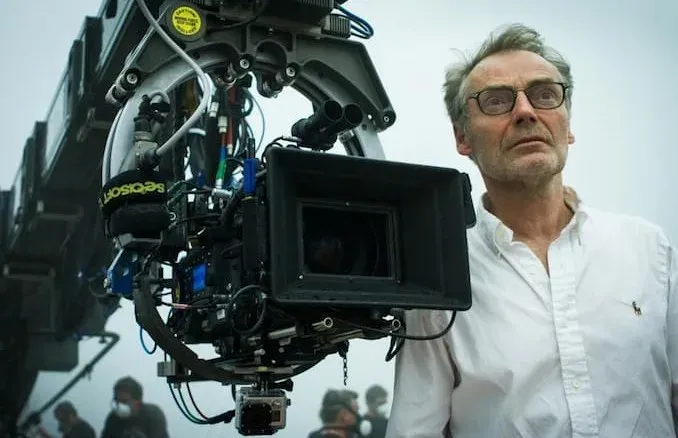
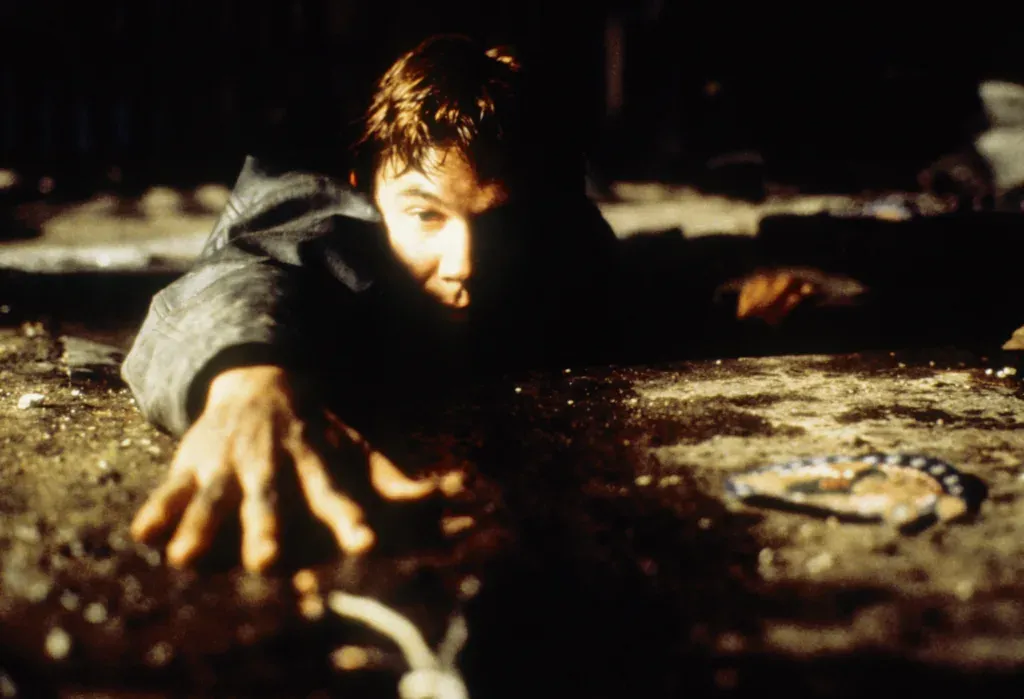 International Collaborations and Global Success
International Collaborations and Global Success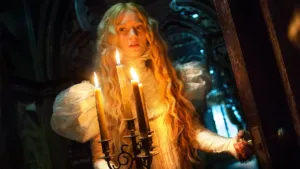 *Crimson Peak* and the Gothic Horror Revival
*Crimson Peak* and the Gothic Horror Revival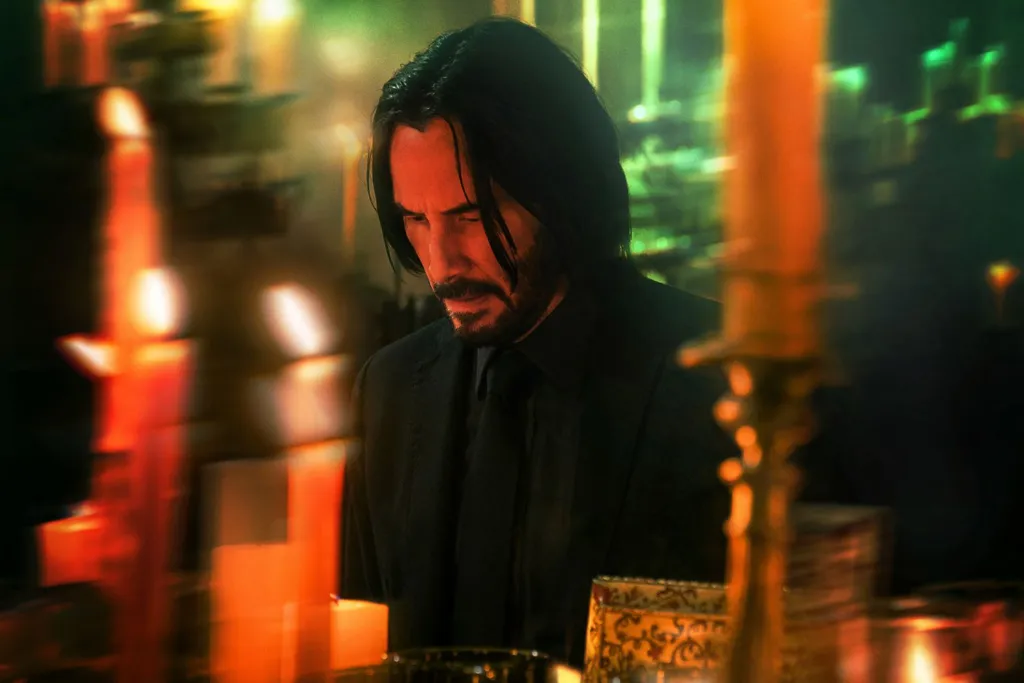 The *John Wick* Series and Stylized Action
The *John Wick* Series and Stylized Action